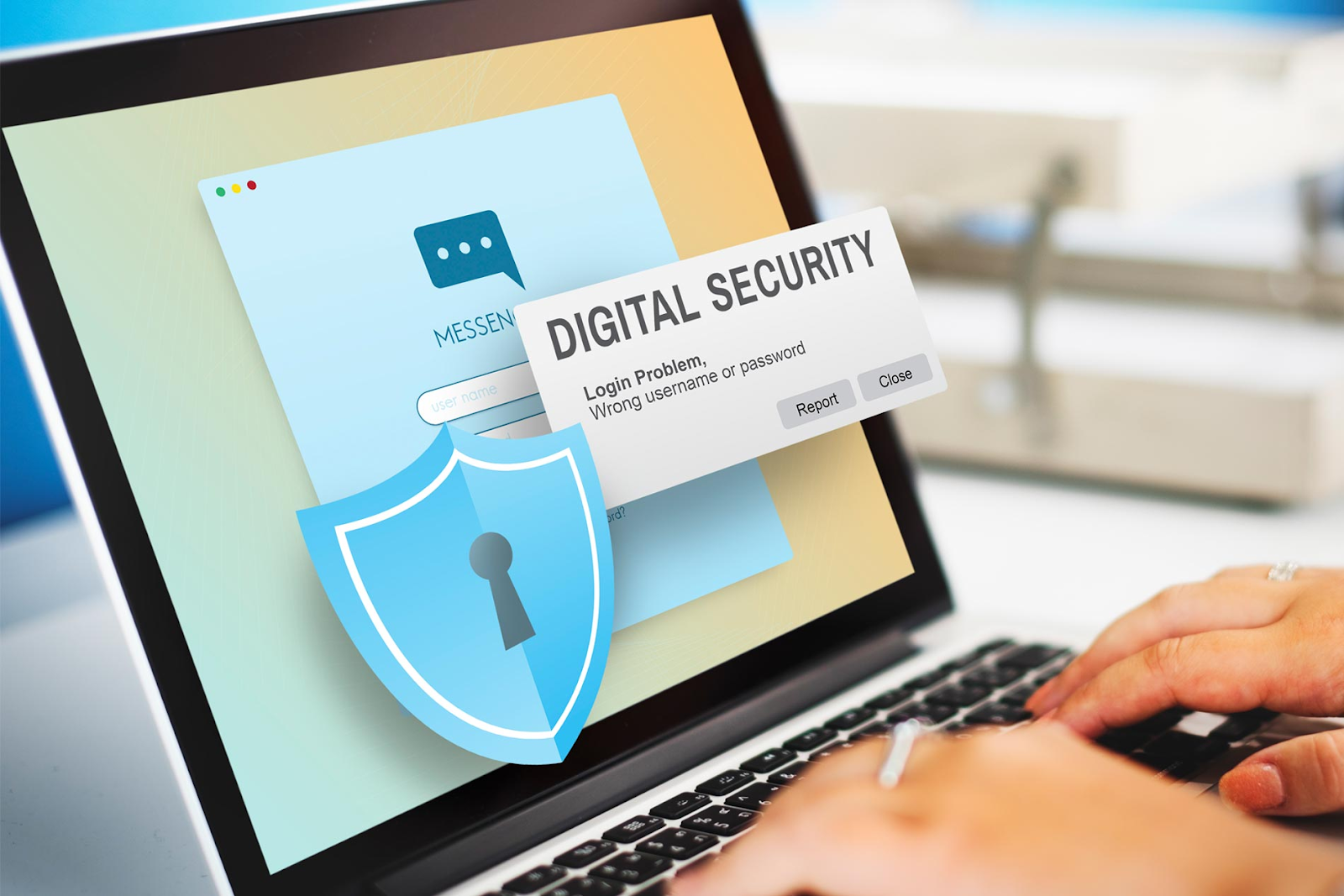Best Practices for Securing Your Social Profiles and Brand

In this digital world, protecting your online presence is more important than ever. Whether you run a blog, manage social media accounts, or build a brand, ensuring security protects your reputation and prevents cyber threats.
In this blog post, I will show you how to secure your social profiles and brand from these dangers, a concern that extends even to industries like horse racing betting sites not on GamStop, where digital trust is equally critical.
Let’s start!
Importance of Social Media Security for Brands
Social media security plays a crucial role in protecting brands from potential threats. As the future of technology increasingly relies on digital sites, safeguarding your online presence becomes essential. Effective measures protect sensitive information and help maintain a strong reputation in the marketplace.

Protecting Business Reputation
A strong company reputation builds trust with customers. Social media plays a significant role in shaping that image. Unprotected profiles can lead to data breaches and negative publicity. Brands must act quickly to manage their online presence. An incident can damage credibility in minutes.
Interesting content keeps customers informed and loyal. Securing social media profiles helps prevent phishing attacks, which target sensitive information. Regular updates on security protocols make sure employees stay alert about threats.
Monitoring brand mentions across sites allows for prompt responses to any damaging comments or posts. By prioritising brand security, businesses foster a positive digital footprint and protect their reputation efficiently.
Reducing the Risk of Social Engineering Attacks
Social engineering attacks can seriously harm your brand. These attacks often trick employees into giving away sensitive information. Educating staff about security awareness helps reduce this risk significantly. People must recognise suspicious messages and avoid sharing personal details online. Encourage teams to question unexpected requests for information.
Limiting access privileges plays a crucial role in social media safety. Only give trusted individuals permission to handle accounts. Regularly monitor account activity to spot unusual behaviour quickly.
Keeping Customers Engaged
Engagement builds trust and loyalty among customers. Regularly posting updates keeps your audience informed about your brand. Timely interactions boost their interest in what you offer. Social media security best practices protect these interactions from threats.
Share valuable content that relates to your customers’ needs while guaranteeing data security. Protecting personal information fosters a safe environment for conversations.
Best Practices for Social Media Security and Privacy

Best Practices for Social Media Security and Privacy focus on essential strategies to keep your online presence safe. Each method aims to strengthen your security and protect your brand from potential threats. These steps also help avoid media mistakes that can damage your reputation or compromise sensitive data.
Implement these practices for a more secure social media experience. Discover how you can improve your safety with each step you take!
Employee Education on Security Awareness
Two-factor authentication strengthens your security, but it alone is not enough. Employee education on security awareness plays a vital role in protecting brands online. They learn how to manage passwords effectively, reinforcing the need for strong password policies.
This knowledge protects sensitive information and reduces the risk of unauthorised account closure. Involved employees become crucial defenders against social engineering attacks, enhancing overall online privacy and safety for the brand.
Limited Access Privileges
Employee education on security awareness sets the foundation for stronger security measures. Limiting access privileges serves as a vital next step.
This practice helps protect company reputation from breaches. It also significantly lowers the chances of phishing attacks targeting your brand. Review who has access regularly and adjust as needed. This proactive approach guarantees that only those who need access get it.
Monitoring and Evaluating Account Activity
Monitoring and evaluating account activity is crucial for maintaining security on social media. Regular checks can help identify unusual behaviour or unauthorised access. Track login attempts, especially from unfamiliar locations or devices. Set alerts for any suspicious activities to act quickly before issues escalate.
Use analytics tools to gain insights into who interacts with your content. Keep an eye on comments and direct messages as they may contain phishing attempts or harmful links. Employees should understand the signs of phishing threats to avoid falling victim to scams.
Enhanced account access control helps prevent malicious actors from damaging your brand’s reputation and privacy protection efforts. Learning social media security means knowing how to keep your brand safe online.
Using Third-party Applications with Caution
Running third-party applications with your brand can leave your company at risk. Ensure you check what the apps want to access before attaching them to your accounts. Sometimes, applications access private data that might endanger security and privacy. Small business owners should care about the smaller features of each application they decide to use.
Taking care of your social media security means being very picky about who you partner with. A small vulnerability in your digital tools can be used for phishing and obtaining confidential information. Be careful and don’t use apps that promise to improve efficiency or engagement if they fail to mention how they secure the data. Knowing about social media security is key to keeping your presence on the internet safe.
Protecting Mobile Devices
It is very important to protect your mobile device for social media safety. Many of these gadgets keep important information which can make them attractive to hackers. Strong policies for passwords support the protection of your account. You can make your identity safer by locking your devices, skipping unsecured networks and turning on two-factor authentication.
Informing employees about how to use mobile devices safely greatly lowers the risks. Avoid using public Wi-Fi connections at work, as the system could be put at risk.
Regular Software Updates
Regular software updates play a crucial role in keeping your social profiles secure. These updates often include important security patches. Hackers frequently exploit these weaknesses to launch attacks or gain unauthorised access.
Make sure you enable automatic updates whenever possible. This simple step helps maintain protection without requiring constant attention. Protecting your digital presence means remaining vigilant about software security measures, as they actively defend against potential risks.
Being Cautious of Free Wi-Fi
Free Wi-Fi often lures users with its convenience. Many people connect to these networks without thinking about the risks involved. Hackers can target public Wi-Fi to steal sensitive data, which poses a threat to your brand’s security.
Protecting online presence requires caution in such situations. Using a VPN is important whenever you use free Wi-Fi. This gives your information extra protection.
Be careful not to visit sites that appear real on unsafe networks. Make your account safer with the use of two-factor authentication. Failing to follow these rules could lead to big losses for social media security at small businesses.
Having an engaged customer base requires your brand to keep their data secure when they use your online services. After that, we will examine how strict password policies can help secure your accounts.
Updating Privacy Settings Regularly
Updating privacy settings regularly keeps your social profiles secure. Adjust settings to control who sees your posts and personal information. Each social media platform offers different options, so review them often.
Interesting with new features can also help protect your brand. Enable two-factor authentication wherever possible for added security. This prevents unauthorized access to your accounts. Taking charge of your social media security guarantees a safer online presence for both you and your audience.
Conclusion
Securing your social profiles is essential to protect your brand. Implement strong passwords and enable two-factor authentication. Educate your team about security risks. Regularly update privacy settings to stay safe online. By following these best practices, you protect your brand and keep customers engaged.




